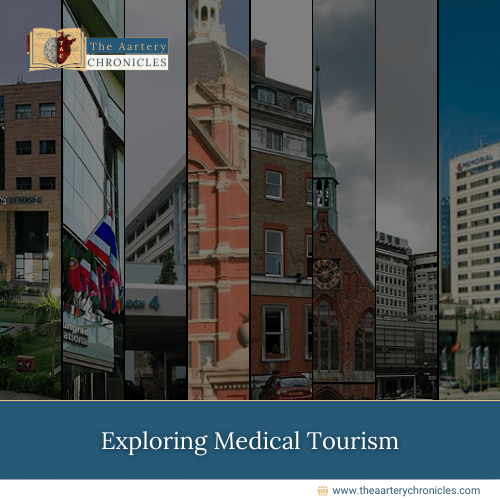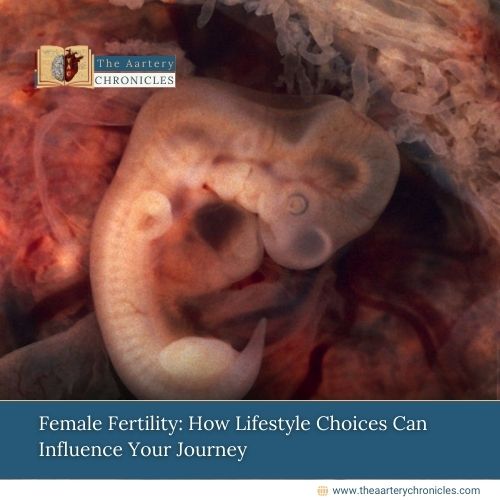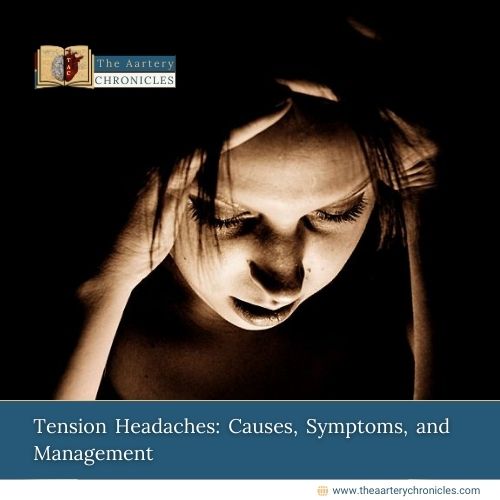
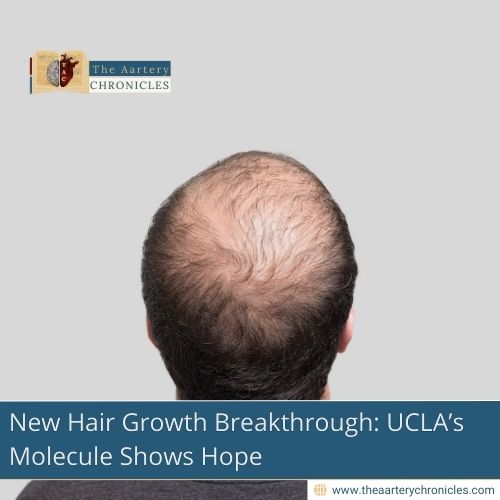
New Hair Growth Breakthrough: UCLA’s Molecule Shows Hope
Summary: UCLA scientists have discovered a small molecule called PP405 that shows promising results in reawakening dormant hair follicles, potentially offering a breakthrough solution for hair regrowth. Early trials show statistically significant results, with hopes for a full head of hair becoming more than just a dream.
Could This Be the End of Baldness? UCLA’s New Discovery Might Change Everything
Did you know over 50% of men and 25% of women suffer hair loss by age 50? What if scientists told you they’ve found a molecule that might reverse it?
In a breakthrough that could finally bring real hope to millions battling baldness, UCLA researchers have discovered a molecule, PP405, that can reactivate dormant hair follicles. If you’ve tried every remedy from Rogaine to rosemary oil with little success, this one’s worth watching.
In this blog, you’ll learn:
- What PP405 is and how it works
- Why it’s different from current treatments
- What the early trial results reveal
- What’s next in the journey toward FDA approval
Meet PP405: The Molecule That Reawakens Sleeping Follicles
Baldness has plagued humanity for millennia, Ancient Egyptians even rubbed dates and donkey hooves on their heads. But now, science may be doing what history never could.
UCLA scientists have developed PP405, a small molecule that targets a protein responsible for keeping hair follicle stem cells inactive. By inhibiting this protein, the stem cells “wake up,” triggering the regrowth of full terminal hair, not just fuzzy baby strands.
“At some point, most men and women suffer from thinning hair, or lose it after chemotherapy, infections or other stressors, and it affects them psychologically,” says Dr. William Lowry, lead researcher and professor at UCLA.
What Do the Trials Say?
The team applied PP405 topically to the scalps of volunteers at bedtime for just a week. The results?
“Statistically significant,” the researchers reported, meaning the difference wasn’t just visible, it was real. And crucially, it didn’t damage any follicles.
Unlike existing products like Rogaine (which only works for a fraction of users), PP405 is designed to awaken dormant but healthy follicles, paving the way for natural, full hair regrowth.
Backed by Science and Google Ventures
This isn’t just academic buzz. The molecule has led to the launch of Pelage Pharmaceuticals, co-founded by the UCLA team and backed by $16.4 million in funding from Google Ventures.
Their goal? Advance to larger human trials and secure FDA approval.
But as Lowry explains, “No such product will work for everyone,” and the process of official clearance takes time.
Still, the potential is hard to ignore.
What’s Next?
PP405 is still in the clinical trial phase, but with promising results and strong financial backing, the researchers are optimistic.
As Lowry puts it, “It will be worth waiting for.”
Until then, the dream of waking up with a full head of hair is closer than ever.
Final Thoughts: Is This the Baldness Cure We’ve Waited For?
While no product is universal, PP405 may represent the most exciting hair regrowth innovation yet. With science on its side and major investment behind it, this UCLA-born molecule could soon help millions leave their hair loss struggles behind.
Inputs from various media sources.
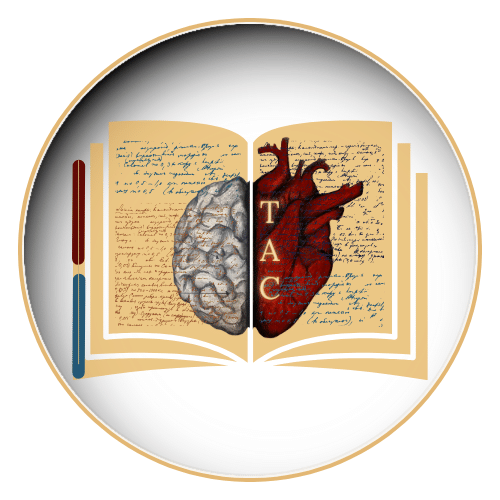
Dane
I am an MBBS graduate and a dedicated medical writer with a strong passion for deep research and psychology. I enjoy breaking down complex medical topics into engaging, easy-to-understand content, aiming to educate and inspire readers by exploring the fascinating connection between health, science, and the human mind.

